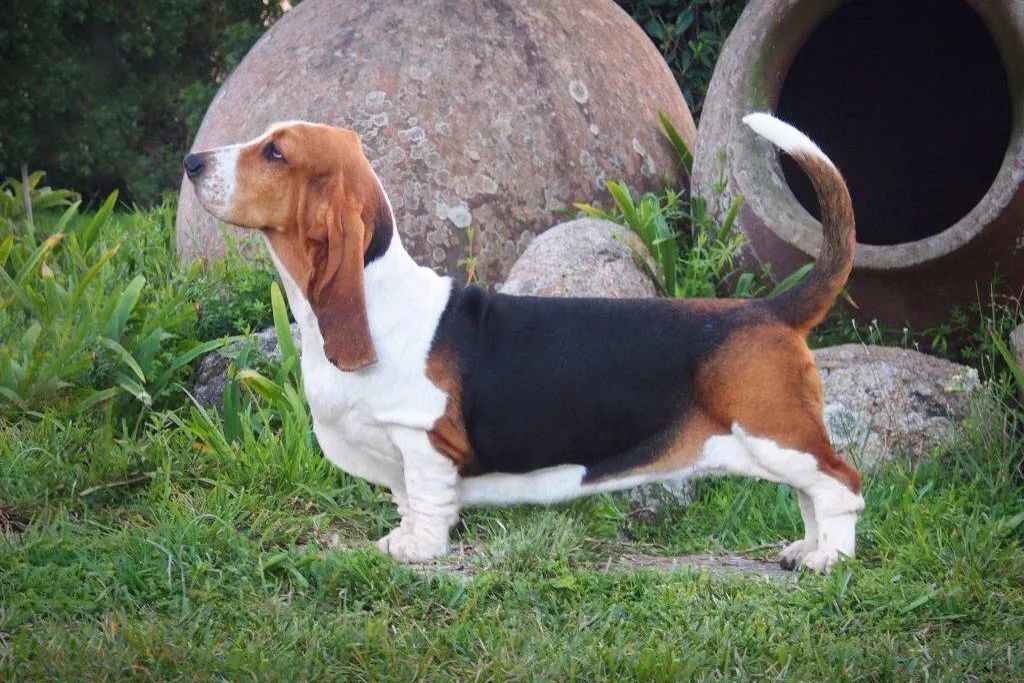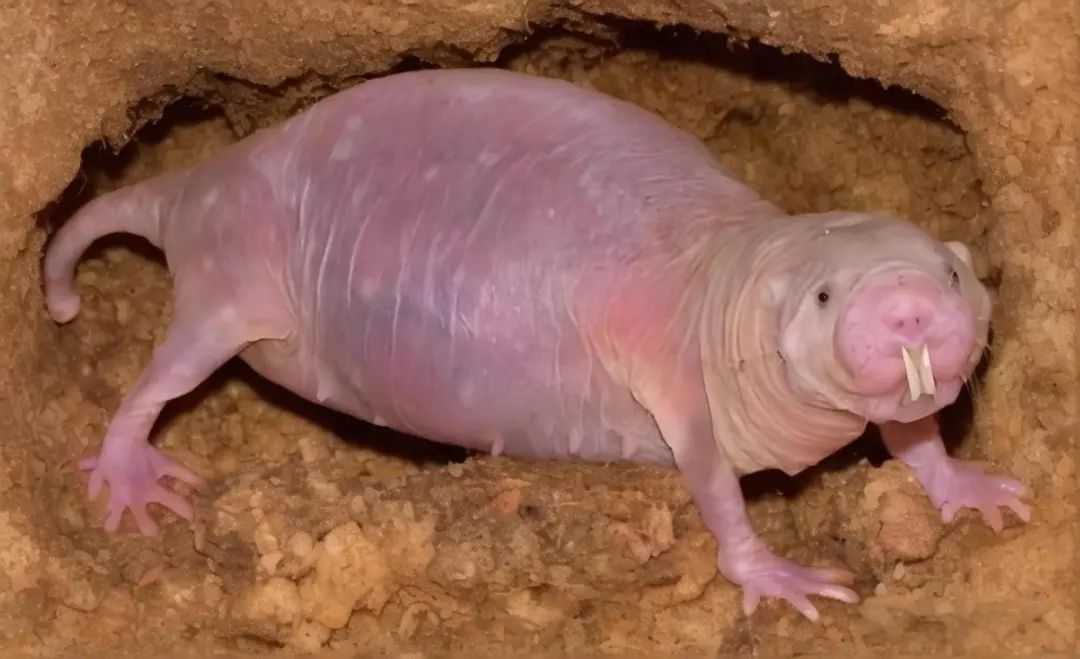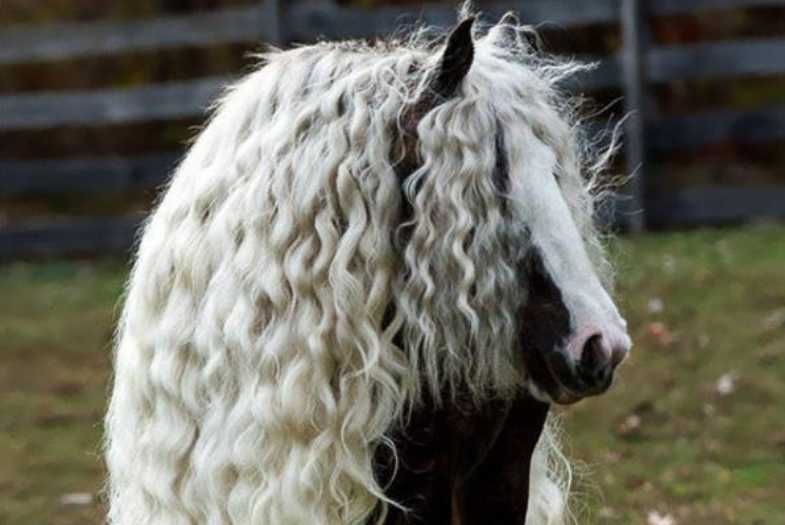Loyal Companions and Family Guardians: The Unique Allure of Basset Hounds
Source: Images from the Internet, if there is any infringement, please contact the removal of
Originating in 16th-century France, the Basset Hound—derived from the French word "bas" meaning "low"—was selectively bred by monks for hunting small game like rabbits. Their short legs, elongated ears, and loose skin evolved to trap scents close to the ground, making them exceptional trackers 113. By the 19th century, the breed gained popularity in Britain and the U.S., with George Washington receiving a pair as a gift after the American Revolution 114. Recognized by the American Kennel Club (AKC) in 1885, Bassets became beloved family pets for their gentle demeanor and comical appearance 13.
The Basset Hound’s iconic features include a large, domed skull with deep-set, soulful eyes, and ears so long they reach past the nose when drawn forward 3. Their short legs and heavy bone structure (weighing 40–65 pounds) enable endurance in rough terrain, while their loose skin and deep chest aid scent collection 312. The AKC standard emphasizes a smooth, hard coat in tri-color (black, white, tan) or bi-color (e.g., lemon and white) patterns 4. Standing no taller than 14 inches, Bassets move with deliberate grace, nose-to-ground, in a gait that combines power and precision 3.
While Bassets are generally hardy, they face breed-specific challenges. Hip dysplasia affects nearly one-third of the breed, though their weight distribution (70% on front legs) may mitigate severe arthritis 78. Regular veterinary checkups and controlled exercise are critical. Ear infections are common due to poor airflow in floppy ears, requiring weekly cleaning with vet-approved solutions 519. Obesity, exacerbated by low activity levels, worsens joint strain; a balanced diet and 30–60 minutes of daily exercise (e.g., scent games, swimming) are essential 1924.
Known for loyalty and patience, Bassets thrive in family environments but can be stubborn due to their hunting instincts. Positive reinforcement—using treats and praise—yields the best results, as harsh methods trigger anxiety 1722. Early socialization prevents shyness, and crate training helps manage separation anxiety. Their keen sense of smell makes them excellent scent work partners, but owners must leash them outdoors to avoid distraction 1621.
Bassets have left an indelible mark on pop culture. The Hush Puppies brand adopted a Basset as its mascot in 1958, while Disney’s The Aristocats (1970) featured a Basset named Lafayette. The comic strip Fred Basset (1963) humorously highlights their quirks, and they’ve appeared in films like The Sweetest Thing 1323. Despite health challenges, Bassets remain cherished for their unwavering devotion, with lifespans averaging 10–12 years when cared for properly 1520.
In essence, the Basset Hound embodies a rare blend of historical significance, unique physiology, and timeless charm. Whether trailing scents in the field or napping by the hearth, these "low-riders" continue to win hearts as loyal companions and cultural icons.











